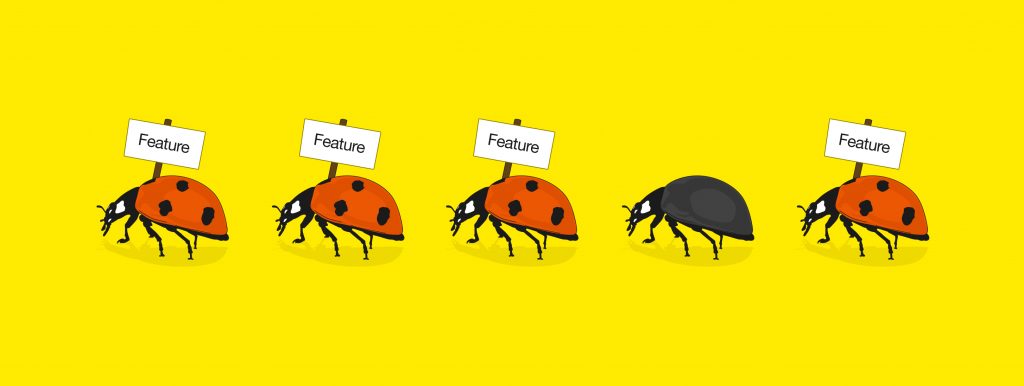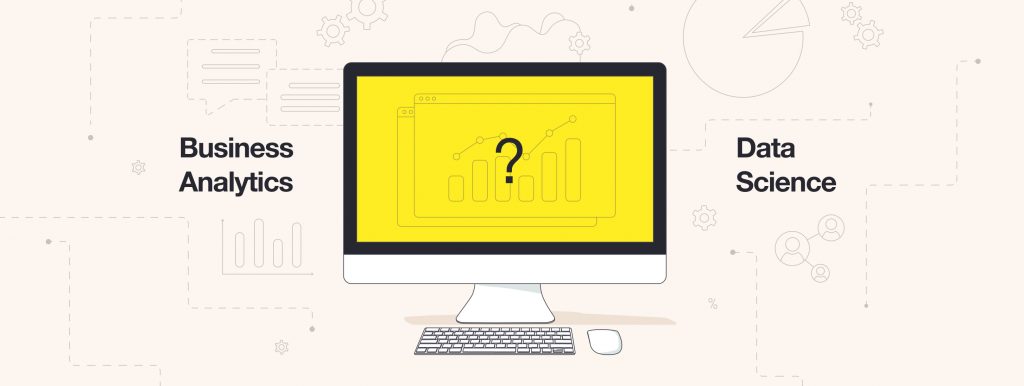Software testing approaches should follow the principles of the software development methodology you are working with. How do the differences between Agile and Waterfall methodologies impact software testing strategies?
Agile
Agile includes a number of iterative development methodologies where software testing should be a continuous process. It means that bug fixing should take place within all the stages of software development. Agile is flexible and test plans can be changed with every new feature implementation. It allows the QA teams to get continuous feedback and achieve the highest quality of the software project.
The most important thing in successful Agile software testing is interaction. Agile QA teams value collaboration with developers and customers over documentation and following the plan. Usually, testers have a reusable checklist where they make changes from iteration to iteration.
Agile testing process often consists of activities similar to Waterfall but handled within a sprint (with the addition of Regression testing). Depending on the needs of specific project Agile testing lifecycle can be formed of different phases, activities and approaches such as:
- Impact assessment
The activity where communication with stakeholders plays an important role. The gathered information will be useful for the next deployment cycle. - Testing planning
This stage is to plan the testing process and discuss the frequency of the meetings and time frames. - Daily Scrums
The everyday meeting approach used to check the status of development and testing as well as set goals for today. - Agility Reviews
An approach that involves weekly meetings with stakeholders to review the progress and assess it against milestones. - Release readiness
Time to discuss with the team whether the implemented features are ready to go live.
Agile software testing can become a perfect solution for large-scale projects with changing requirements.
Waterfall
In the Waterfall methodology, software testing takes a separate phase when the code is already finished. It includes all the testing activities made towards software components and features. Still, QA Engineers can perform some quality-focused activities during the other phases. For example, it can be fault prevention activities like verification of technical documentation or defect containment activities during the support stage.
Software development and testing using Waterfall or other traditional methodologies require clear elaborate documentation. All the requirements should be carefully considered before the development phase because there will be no option to change them anymore. It means that all the testing activities will refer to the documentation that has been approved at the beginning.
In Waterfall model test cases are created once at the very beginning and testing process can include the following:
- Requirements gathering and specifications analysis
Сreation of documents with complete information of the project including features, design specifications and other requirements. Documentation will help to understand how the system should work. - Test implementation
The stage for developing requirements trace matrix, various test cases, test plans, test designs, unit tests and so on. - Integration and system testing
Time for performing main testing activities and produce test results including bug reports, test status reports and others. - Operations and maintenance
This stage is for support and bug fixing if it is needed.
Waterfall testing approach can be very useful for small software projects with predetermined plan.
Differences between Agile and Waterfall
The main difference between Agile and Waterfall methodologies lies in their approach. Agile promotes iterative development, flexibility, and continuous feedback, while Waterfall follows a sequential, structured process with limited room for change once development begins.
Differences between Agile and Waterfall allow you to choose an environment that will be the most effective for your project. Whatever methodology you choose, Exposit QA engineers can provide you with uality software testing services using the most suitable testing approaches and techniques.






